|
Now let's just put this out there - I'm not really a blogger! In fact any time I have posted on my blog it's made me cringe, I much prefer reading other peoples blogs than even considering writing my own. Recently though I have adapted something new into my teaching with my year 10 group that I thought would be nice to share now that's it's been tried and tested. It's always a risk sharing your teaching ideas, just as students have different ways of learning we all seem to have different ways of teaching the same content, and quite often I see people sharing ideas just to be hammered down by different styles of teachers. There seems to be a spectrum whereby on one side of the profession stands the (what I would call) 'pure mathematicians' and on the other side there stands the teachers who just enjoy 'teaching stuff'. I like to think I am standing somewhere in the middle, I like 'geeking out' and talking about mathematical concepts whenever I can, but with the right group I also enjoy the occasional formula triangle (yeah I said it!) or even a mnemonic or rhyme to help memorise a formula One thing I have always been a fan of is exploring 'how not to do something' or more importantly digging as far as I can into students misconceptions and why they think the way they do and why it is they seem to make the same mistakes - even after appearing to understand it entirely only a week prior. This has been a little project of mine over the year, I have been compiling common misconceptions throughout 4 sets of mocks/practice tests and general assessments with my year 10 higher achieving group since day 1 this year, and it has lead to this little beauty (if I do say so myself). 'Our best mistakes' - recently someone walked past my classroom and wondered why on earth I had called it that. I responded to it with a joke in the moment but I am a big believer that we learn the most from our mistakes, picking them apart and making a big deal about them in a positive and constructive way. So I decided to trial this idea out with my group. Behind each tab we are faced with a particular question from an assessment we have covered earlier in the year (see below). The next minute or so I spend questioning the mistakes and misconceptions that could arise from this topic. My questions are targeted at all of the students who I logged to make that mistake across their papers - unbeknown to them! And I get them to pick apart 'how not to do it'. Once we are all happy and crystal clear how we should answer it... it's onto the fun bit! We now have a snap shot of someone in the group who made the mistake that they themselves have just identified. Behind the question mark is the secret identity of the student! Usually said student hangs their head and admits defeat after recognising their hand writing but it has caused a great sense of 'buzz' in the room wanting to know who it was and the anticipation that it might be them next! (I should mention here that I did ask for permission from my class to know who would not want to be included) as I could only fit half my class of 32 in it was helping me out! After a bit of talking and discussing the misconception further, generally asking said student what they were thinking, we move on as a class and attempt a similar question (see below) Once we are finished we wrap it up with the solution and have it highlighted in our books. This in generally done in the last 10 minutes of a lesson or slotted in as a spaced break when moving between topics or levels within a topic.
The whole thing has been a great success and when I pull students up on what the mistake was they made on the 'mistake thingy' as they call it, they still seem able to recall and correct it (thankfully!). Obviously I couldn't share the file but this was just an idea.... Let's celebrate mistakes!
0 Comments
Just made this revision poster to give to our year 11's along with their reports! Big thanks to @Corbettmaths and @Hegartymaths for making such fantastic videos that our year 11's are finding so useful!
These QR codes are going to form our 'Coundown to the exam' process, there is just enough that students have 5 topics per week to scan and revise in the evening! Hope someone finds it useful! The new 'Revision Page' is now open with both posters added along with some learning grids with more to come! MASSIVE thanks to @EJmaths for helping out with the QR pictures! Those things take a good few hours to download one by one! You have been a tremendous help recently! Watch This Space! Just made this revision poster to give to my year 11's at parents eveing tomorrow! Big thanks to @Corbettmaths and @Hegartymaths for making such fantastic videos!
These QR codes are going to form our 'Coundown to the exam' process, there is just enough that students have 5 topics per week to scan and revise in the evening! Hope someone finds it useful! I'll be opening the new 'Revision Page' on saturday when I have some time to upload a few more resources onto the page, this will be available to download there but if you can't wait here it is: Download QR Poster So after the last post on feedback I recieved a few messages asking about how I was using the feedback sheets in lessons and how I was using them for KS4 so here it is. Part of my focus this year has been developing this process, and there are still some small aspects that I beleive need ironing out but it is currently maneageable and effective which has been my aim from the start. The main thing that I am doing now to gauge what feedback I give is using topic assessments every 2 weeks. The examples shown below are after a 2 week stretch on simultanous equations with a high achieving KS4 set, at the time of the assessment we had covered algebraic linear and quadratic simultaneous equations and done a small amount on graphical linear simultaneous equations. The only feedback I give now is on these assessments, after all if a student gets 20 questions wrong in their books on a particular subtopic and this has helped lead to mastery when completing the assessments, why bother marking all those mistakes when everything is self assessed in class time and they now understand it as proven by the assessment? I am strongly of the opinion that these periods of self assessment are incredibly powerful and I insist that all work must be marked and corrected in class so that I can conduct my AFL during classtime. After the class has done the assessment I get these marked and fedback on for the next upcoming lesson, this particular set took me 1 hour and 33 minutes (I was asked to time it by a member of the department, so no.. I am not that sad), it took me slightly longer than usual as some of the methods and feedback elements were slightly more complex than basic fractions with year 7. Again each memeber of the class recieved written feedback on their own relevent sheet, some had algebraic linear equations, some quadratic focussing on either the 'y=' method or the substitution method when using the equation of a circle, and others had graphical simultaneous equations. So feedback responses were all being targeted at indivudual areas for improvement. Once completed, the next lesson students have around 30 minutes to read through the feedback and complete the relevent rosponse areas, students have questions to work through focusing on fluency, reasoning and problem for each topic. Along with this, each feedback sheet has it's own relevent 'help sheet' that you can see in the pictures below. One thing I found was that giving 32 students a bunch of questions on a topic they couldn't do on the assessment was a recipe for a riot of 'I don't get it', as it was impossible to provide extended feedback for 6 different sub topics beyond the written element in order for them to make a confident start on the questions. If needed students can collect the relevent help sheet and start working straight away. I have found this particularly useful for some of my classes that I have focussed on building resilience, students are now directing themselves towards 'revision material' or 'help sheets' rather than relying on me. Some example pictures shown below: So far this system has been working well, I have run it across all of my year groups a few times now and the quality of the responses has improved tremendously. Students have been more engaged within the lesson and are becoming more and more motivated to improve upon areas they need to develop. One student read their feedback the lesson after the DIRT session last week and said "Sir this has made my week, thank you!". Atleast I know it's being appreciated by some one. 9-1 Feedback Sheets
It's not really something I am fond on putting my marking out into the public domain, so I'll start it off straight away with the reason I feel uncomfortable to do so. I know that my marking isn't yet perfect, although I do beleive I am doing my best at this point in time. I have been constantly re-assessing my feedback this year and refining the way I approach it, earlier in August I had just over 100 students fill in a questionnaire asking them what they thought of the feedback they received in mathematics, and asked them to write in some qualitative feedback. This was actually really useful, and I would definitely recommend trying it out. Ultimately, this has helped lead to where I currently am with my own feedback this new term. As teachers, marking is quite personal, especially if you have spent hours doing it! So having others pass judgement on it is always going to be a tough conversation (if the conversations isn't a positive one anyway).
So first of all, all of my marking tends to take place in class, ALL classwork is marked by students in green pen, there is rarely a task that we ever do in class that we don't get instant feedback on and self assessed in class. I find that it very quickly allows me to undertake my AFL around the room when you can see ticks or crosses very clearly in the students books. So the only part that I actually onduct a detailed mark on is end of topic assessments and teacher assessed homeworks, then finally on student responses to feedback. Fortunately these tend to fall every 12-14 days which falls in line with the schools marking policy of two weeks. Below is a typical topic assessment, this is with a 'bottom set' year 7 class I teach 3 times a week. While marking the assessments I have (for this particular assessment) 5 different feedback sheets in front of me; simplifying fractions, finding fractions of an amount, multiplying/dividing fractions, adding/subtracting fractions, and converting improper fractions and mixed numbers. As I am marking the assessment, I then pick up the sheet which each student needs to improve on and provide their feedback on this particular sheet. At the start of the next lesson students then stick these sheets in on a double page spread and work on their responses on the opposite page. What I had found previously was that writing in a question was taking me an extra few minutes per book, and then once in class it was extremely difficult to ensure that all students had completed that question as one student would finish in a few minutes where as others would need much longer. This is why I have put these new sheets together, it gives students time to consolidate, challenge and extend the topic they struggled on and allows them to work through reasoning and problem solving style questions in line with the new GCSE. Some examples of books from this year 7 class are shown below: So far, after around 9-10 DIRT sessions this term across all my classes, students have been really engaged in these feedback sessions, there is enough work to be getting on with that it allows me to get around the class and provide verbal feedback to those who struggled more than others on particular topics, while those who are happy to work through the whole sheet can move onto all levels of questions and get some challenge on the problem solving questions. I have been dedicating around 30 minutes of a lesson to these DIRT sessions so far and have found this is just enough time that everyone will be able to complete the 'fluency' questions while others are completing all levels of questions. The only written feedback I am now giving is on the 9-1 Feedback Sheets I have been uploading. It's taking me on average 1 hour to mark a set of 30 mini assessments and provide feedback and actions for each student. And this is happening after every topic or series of subtopics, for example my year 9's have been doing algebraic fractions and we have recently done an assessment on simplifying them. Students then had to work on either factorising quadratics, simplifying basic algebraic fractions or simplifying algebraic fractions involving quadratics. See example image below: Anyway that's what I'm doing! If you have been using these in a different way or have any ideas then please let me know! You can access all of these sheets on the link below: 9-1 Feedback Sheets
Since this question appeared on the June 2015 non-calculator exam that my year 11's sat for their mocks, I have been searching for similar questions and resources. For some reason, and party down to the fact that I can't figure out what the topic is called.. I can't find anything! So I've called it 'Funtional Volume' and put together some questions that I'll be using in January. Below there is a worksheet that I made with 6 questions, another worksheet with some past exam questions, a powerpoint and SMART notebook file that I have imported the images into to be used on the interactive board alongside the worksheets.
PRINTING TIP!
When printing select 'Multiple' as indicated in the picture below. Because there are two worksheets loaded into each document this allows you to print 2 sheets per A4 page! They come out nicely in the smaller size and help with printing costs if you plan on using these every week. Right, so I couldn't resist just making these! Star Wars angry birds stickers! I'm getting a bit excited about the new Star Wars film that everything is currently Star Wars themed. I even went and bought my uncle a pair of Chewbacca slippers this weekend for christmas (which I am now wearing!) Woops! Never looked forward to marking my year 7 & 8 books so much! Last week some of my year 11's complained that they didn't get stickers though so I may have to print off a few more sheets!
Sticker Sheets Needed: A4 Sheet Labels template 70 x 25mm round labels per sheet Amazon Link Here Latest game! With the upcoming Star Wars movie I got inspired to create a new times table game to use with my year 7 and 8 class! Introducing 'Math Invaders'... no medals required for the creative game name there. On normal mode the player has 11 game modes from 2-12 times tables, on each game mode the player gets 10 questions from each times table to answers in a 'space invaders' style gameplay! As you can see below the player has 3 lives and is given 3 difficulty levels which determine how fast the ships move.. In terms of the star wars theme these ships are meant to have a resemblence to the x-wing and tai fighters! Although for obvious reasons they had to be a little different! The player moves left and right using the arrow keys and presses the space bar to shoot! At the end you get a screen to show which questions were answered correctly or if a mistake was made this shows up on the screen also! (see below) On arcade mode the player has to work from 2 all the way up to 12 without any breaks! See if you can do it on hard! They move quite fast! Play Math Invaders Here!
Finally managed to get this game working after a mental 6 weeks back this year! Launching a new marking system and having some pretty heated debates around our marking policy has taken my 'game making time' down to bare minimum! This one I am really happy with though, I used this last week with a lower achieving year 7 class, by the end of the lesson I had most of them completing the 'red level' questions on arcade mode and saying that it was easy! So I am feeling pretty happy with this game! Looking back I should have made this one before the quadratic factorisation game but hey ho! The main concept is plugging in your double brackets, drag and drop the algebra discs into the grid, then counting them up and completing the final answer! Pictures below! Or Play here now! The player is then able to click 'Check' and they will receive instant feedback on wether the answer is correct or not, while all the while receiving instant feedback throughout the game as the squares will highlight green if they are correct or red if they are incorrect. After completing the question the player can choose to click 'Method' and this will display the answer in an animation using the grid method. (Shown below). As well as being able to enter ANY question into the workshop mode they are also able to play 'Arcade' mode, not although it doesn't follow the general style of an arcade mode function with timings/levels etc it has 4 levels of questions which are colour coded, I used these to set certain colours to members of the class, being able to track where each student was and seeing which questions they were trying out. A sample of the questions is shown below! I hope you like it and if you try it out then please let me know how it goes or if you have any suggestions for improvements! I am really pleased with this one so far, I am now going to go back and slightly re-design the quadratic factorisation game to include the Method function, this part took the longest though so it may not be till christmas now!
PLAY QUADRATIC EXPANSION HERE |
Search for a topic
Categories
All
Archives
May 2018
|
||||||||||||||||||||||||||||
|
Maths Resources @AccessMaths
|
©AccessMaths 2015
|










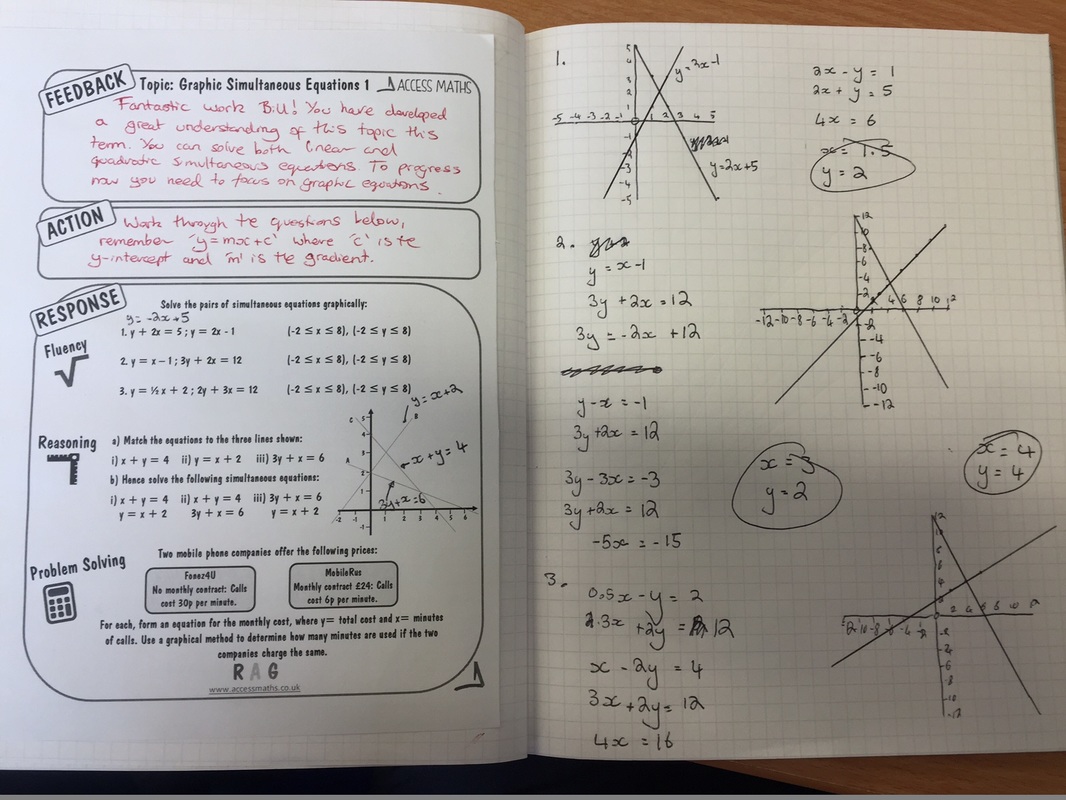
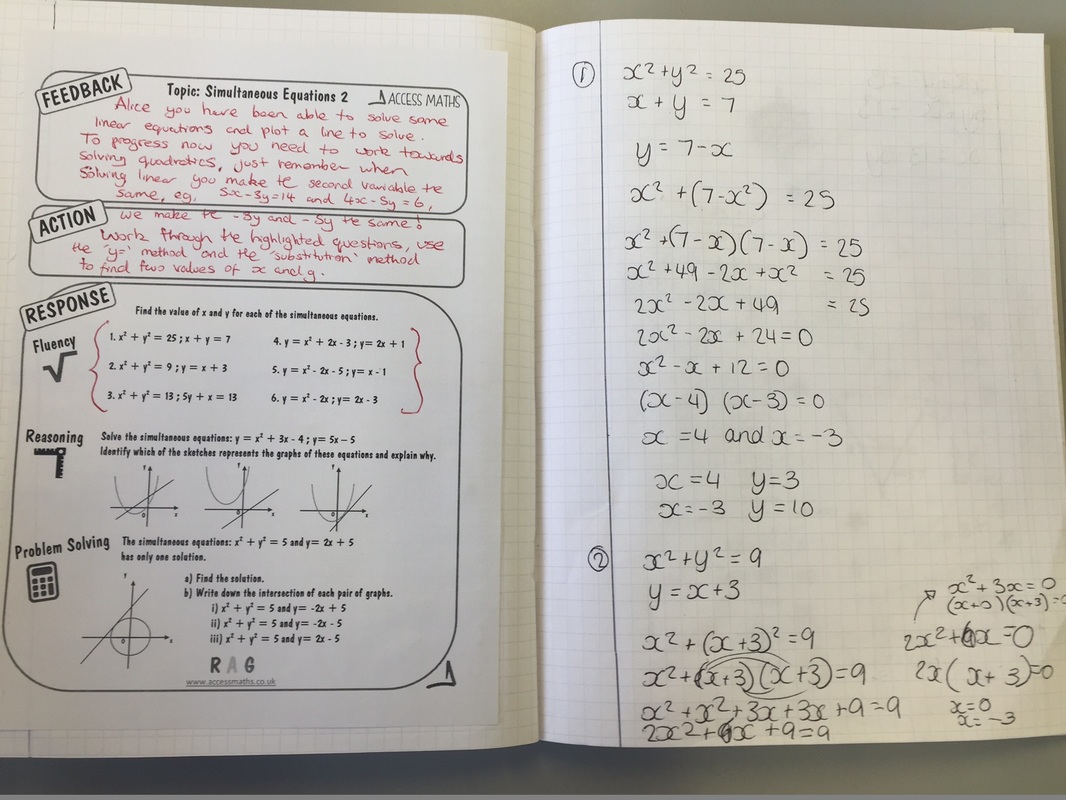











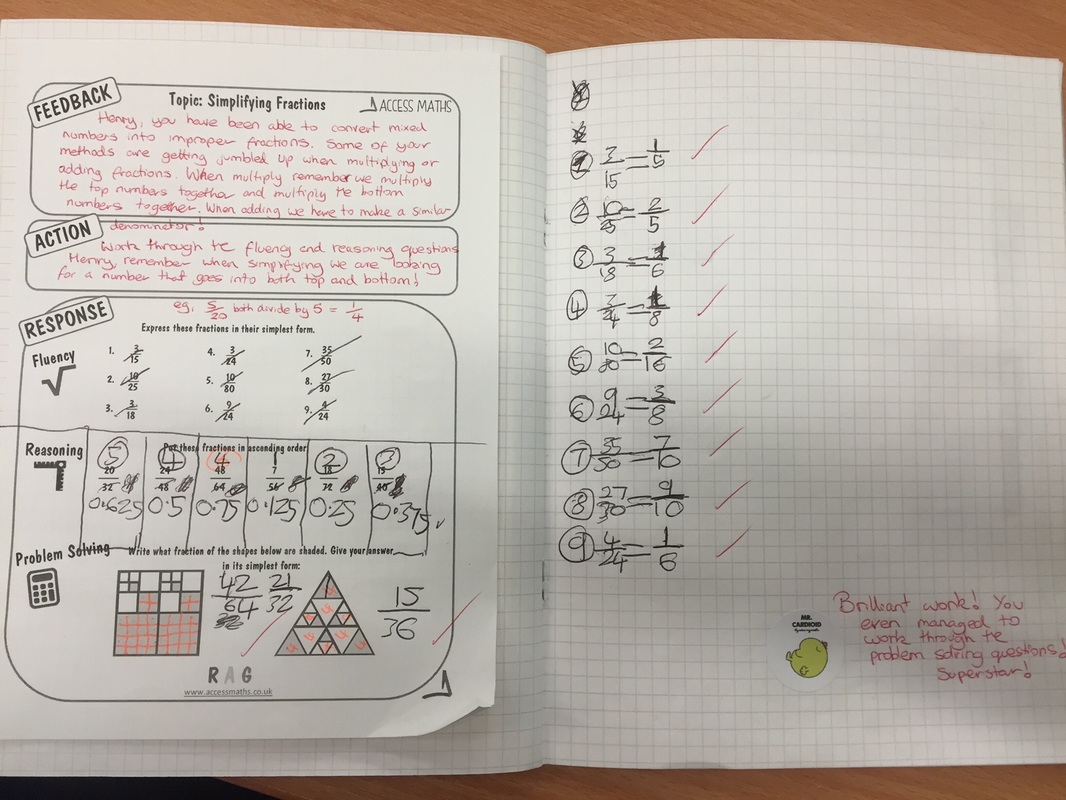

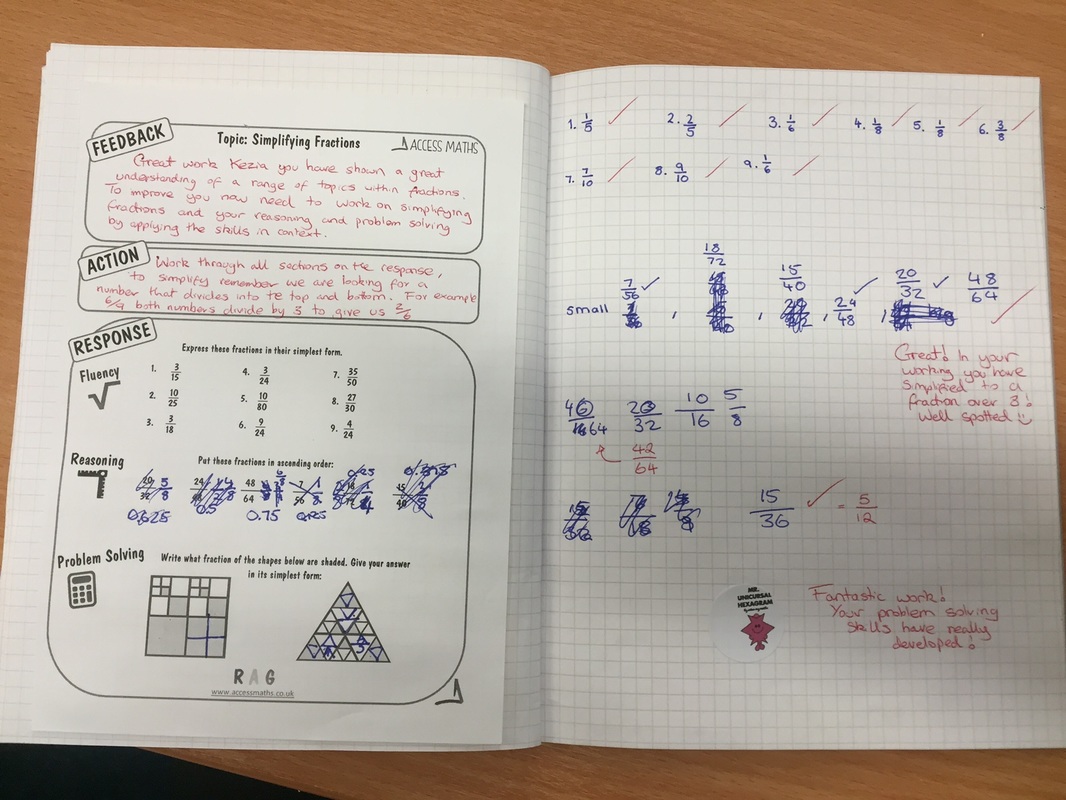













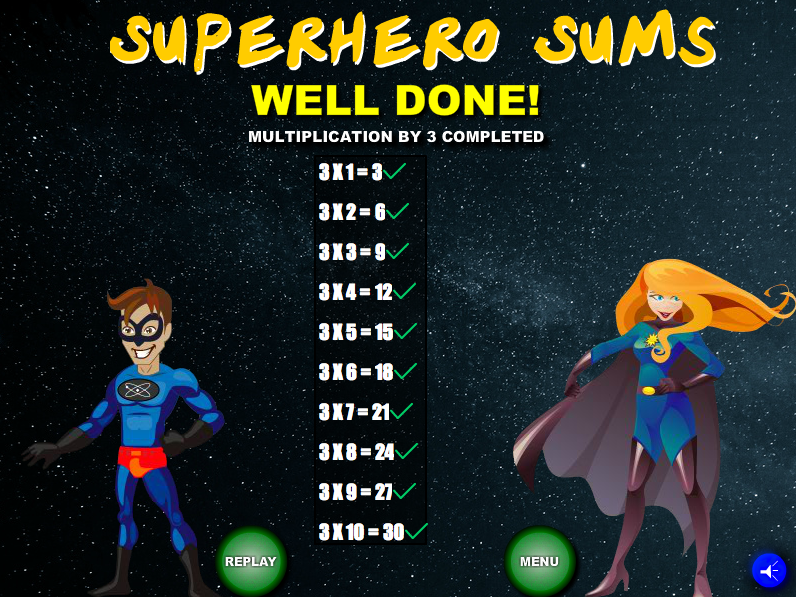




 RSS Feed
RSS Feed